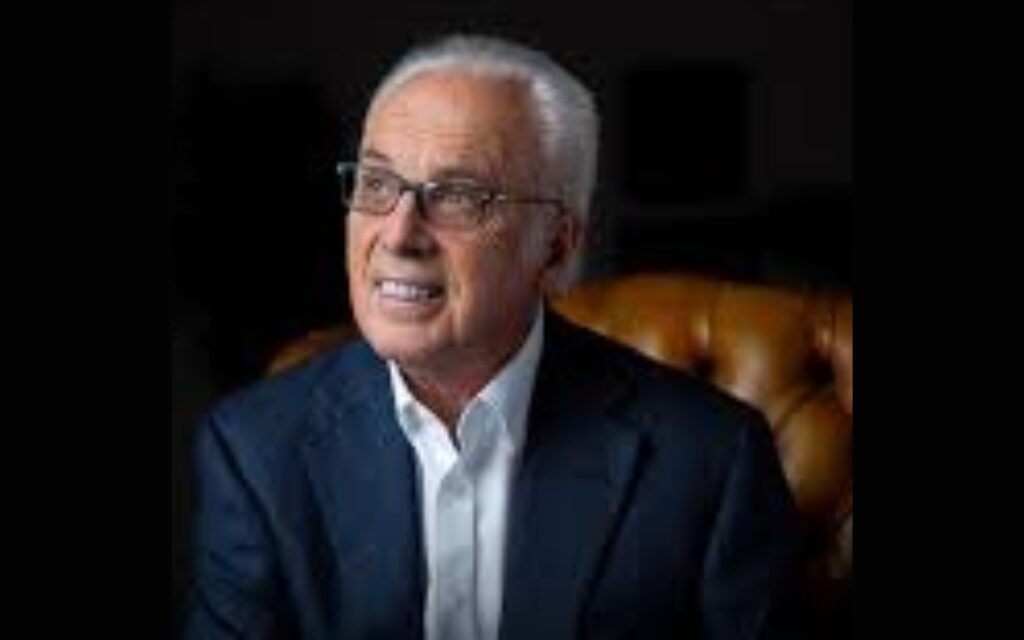Prayer is probably one of the most misunderstood spiritual disciplines there is. Tons of books have been written to demystify it, some more biblical than others. One of the latest entries in this category is What if Jesus was Serious About Prayer: A Visual Guide to the Spiritual Practice Most of us Get Wrong by Skye Jethani.
As the title implies, this book is a visual guide to understanding and practicing prayer. In this short book, Jethani succinctly explains what prayer is, how to pray, and why we should pray.
The book has 53 chapters divided into six main sections. These are, What Prayer Is (and isn’t), Keep it Simple (and Unceasing), It’s Off to Work (with God) We Go, Learning to Pray (Like Jesus), The Truth (& Nothing but the Truth) So Help Me God, and Prayer Change (How You See) the World. Each chapter has only a couple of pages long and features cute doodles.
I like many things about this book; it is easy to read, engaging, and has many interesting facts about prayer. My favorite feature—and what really sets this book apart—is the drawings. They are well done, creative, fun, and help understand the key point of each chapter. I also like that each chapter had Scripture for further study. The chapters are brief, making them easy to read (especially if you are reading them devotionally), but I thought they were a bit too short and could have used more information. Jethani mentions many interesting concepts but doesn’t explain them enough.
I also had a couple of concerns while reading this book. The first one involves the sources cited. Jethani quotes people who affirm unbiblical practices.
For instance, on page 90, Jethani shares this quote from Evelyn Underhill, “The energy of prayer must be directed on the one hand toward God, and on the other hand toward people.” Now Evelyn Underhill was a Roman Catholic who practiced Christian mysticism and wrote extensively about it. Jethani also quotes Henri Nouwen several times and he was a Catholic priest with problematic beliefs.
Tim Challies says, “Nouwen was a Catholic Priest who denied that a relationship with Jesus is necessary to be saved. (“Today I personally believe that while Jesus came to open the door to God’s house, all human beings can walk through that door, whether they know about Jesus or not. Today I see it as my call to help every person claim his or her own way to God”). Obviously this makes him a less-than-reliable source when it comes to the Christian life.”
My second concern deals with chapter 46 titled, “If Jesus was serious…then we will own our sins and those of our community.” I am not entirely sure this chapter is biblical. The Bible doesn’t call us to own or to be responsible for one another sin. Ezekiel 18:20 says, “The soul who sins shall die. The son shall not suffer for the iniquity of the father, nor the father suffer for the iniquity of the son. The righteousness of the righteous shall be upon himself, and the wickedness of the wicked shall be upon himself.”
Only the Son of God can bear the sins of others and atone for it; the rest of us can barely even bear our own sin. Perhaps Jethani meant something else by owning sin, but he didn’t go in-depth or define his terms.
Overall, I enjoyed reading this book and learned from it. But because of the issues mentioned above, I would only recommend it to discerning readers.
Moody Publishers graciously gave me a complimentary copy for an honest review.








